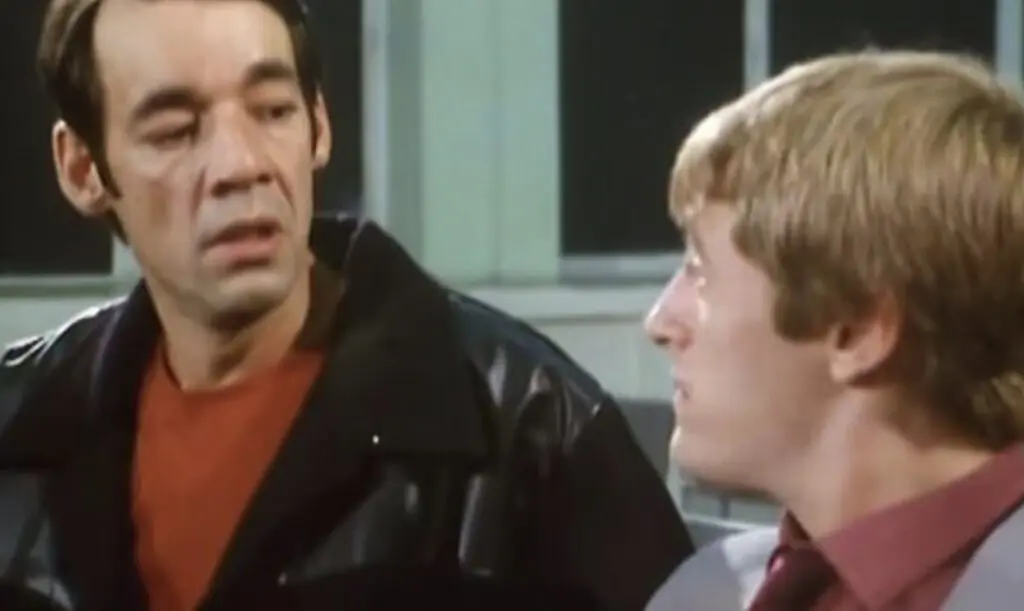The Weekly Reflektion 31/2023
Once we get an idea or concept firmly anchored in our minds it is difficult to shift. We become totally convinced that our view of the world is correct and even arguably obvious information that indicates we are wrong is not enough to change our minds. When we, in addition, receive confirmation that our views are correct the change process becomes even more difficult. This combination of anchoring and confirmation bias is well documented in research into human psychology and is a major factor in accidents and incidents.

How would you recognize that people in your organisation have established a view that could lead to a disaster?
The popular British television sitcom ‘Only Fools and Horses’ was broadcast by the BBC from 1981 to 1991. The series depicted the escapes of Derek ‘Del Boy’ Trotter and his brother Rodney Trotter and their attempts to get rich. One of the characters in the series was Trigger, the road sweeper. Trigger consistently calls Rodney ‘Dave’ and each time he met Rodney he would say. ‘All right Dave?’. Even when Rodney tells Trigger that his name is not ‘Dave’, Trigger is still not convinced and still uses the name. In one of the scenes the two are talking about a christening that Rodney had recently attended. The parents of the baby are related to Rodney and have named the child ‘Rodney’. When Trigger asks what the baby’s name is, Rodney replies, ‘Rodney, after me ‘. There is a long wait as Trigger tries to digest this information and the change in the look on his face from confusion to understanding seems to indicate that at last Trigger has realised his mistake. He smiles and says ‘OK’. Just as he gets up to go however, he says, ‘Bye Dave, say hello to Rodney from me’.
Trigger has anchored the name ‘Dave’ and associates this name with the person that is actually ‘Rodney’. He can’t get the name out of his head despite the contradictory information that is available to him. When the officer on watch on board the Norwegian navy frigate Helge Ingstad was looking from the bridge out on to Hjeltefjord at night on 8th November 2018 he believed that a brightly lit object ahead of him was part of an onshore terminal. He did not believe that the object was a ship and since the objects’ navigation lights were obscured by the deck lights there was little information available to him it was a ship. The radar was not being used due to an exercise on visual navigation and the AIS (Automatic Identification System) was in passive mode. The object was the tanker Sola TS and the resulting collision led to the capsize of the Helge Ingstad. Reflekt has written a series of Reflektions on the collision in 2022 and 2023. At the watch changeover the outgoing and incoming officers of the watch discussed the object and agreed that it was onshore and most likely part ofthe Sture Oil terminal. They checked the radar and AIS during the handover and there was no indication at this time that the object was a vessel. The anchored view was therefore subjected to confirmation bias and became even more anchored. Had the crew of the Sola TS turned off the deck lights the navigation lights would have been visible and it is almost certain the officer of the watch would have realised his mistake and taken evasive action earlier. It’s not impossible to change firmly anchored views and sometimes it is essential to prevent a disaster.
